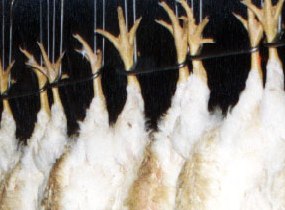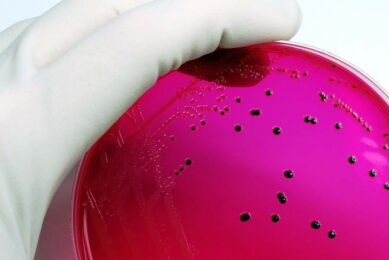Salmonella, Campylobacter often detected during slaughter

A study coordinated by Federal Institute for Risk Assessment (BfR) in Germany shows that Campylobacter and Salmonella can frequently be detected at the time of slaughter.
The pathogens reach the slaughterhouse in intestinal contents or on the feathers of the animals and can then be carried over during slaughter to the carcasses. From there they reach the food chain and then consumers.
According to the report published by BfR, Campylobacter and Salmonella were detected on 62% and 17.6%, respectively, of the 432 carcasses examined in Germany. In 48.6% of the slaughter groups Campylobacter was detected in the intestinal contents of the animals.
EU figures
Throughout the EU, 71.2% Campylobacter were detected in the intestines of the slaughter groups of broilers and 77% on the carcasses. The detection rates in the Member States were between 2 and 100% for detection in the intestines and between 4.9 and 100% for detection on the carcasses. The values obtained for Germany were, therefore, lower than the EU average.
EU-wide 15.7% of the carcasses were contaminated with Salmonella. The most frequent serovars were Salmonella infantis and Salmonella enteritidis; however the frequent detection of Salmonella infantis reflects the very high level of contamination of animals in one Member State.
The study is part of an investigation which was conducted in 2008 in all Member States of the European Union (EU). The results of the EU study were published by the European Food Safety Authority (EFSA).













